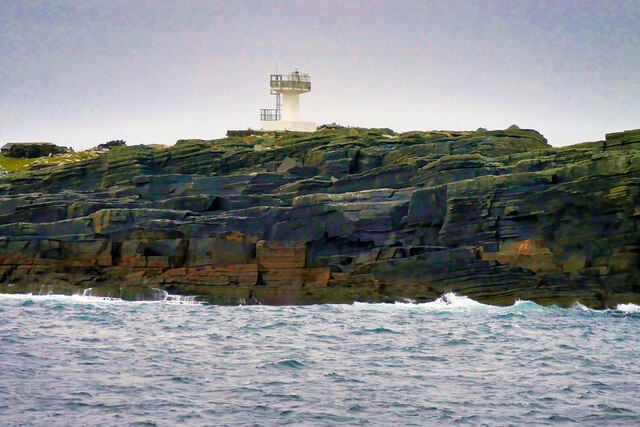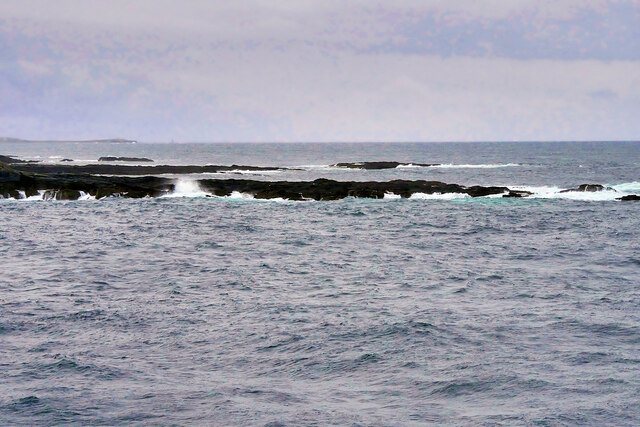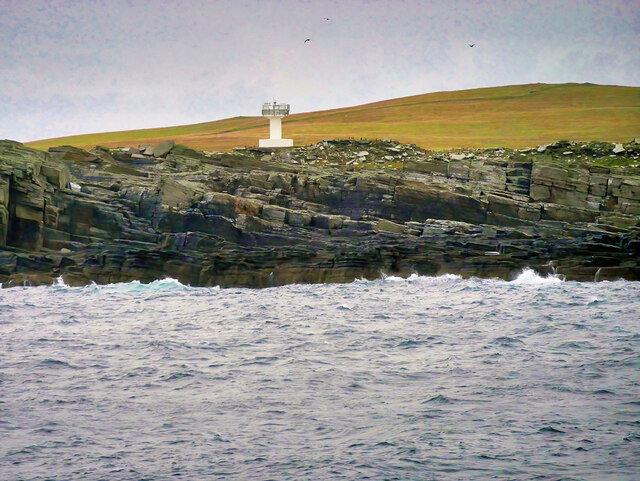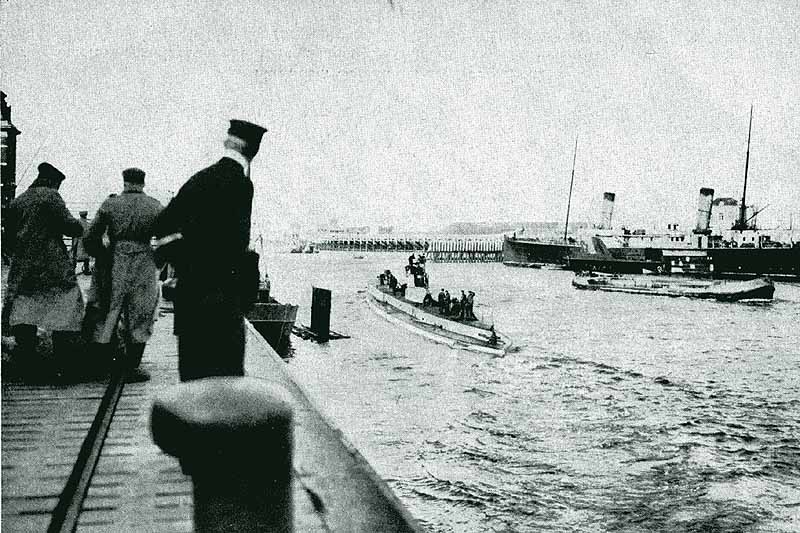Haas Geo
Coastal Feature, Headland, Point in Orkney
Scotland
Haas Geo
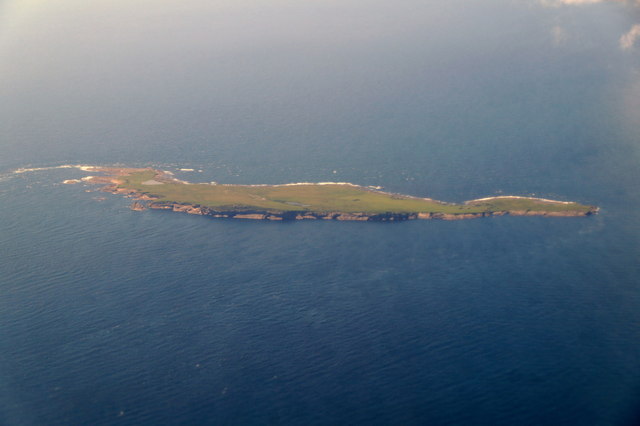
Haas Geo is a prominent coastal feature located in Orkney, Scotland. It is a headland that extends out into the North Sea, forming a distinct point along the coastline. The name "Haas Geo" is derived from the Old Norse language, where "geo" translates to a narrow inlet or cove, and "Haas" is believed to refer to a type of seabird often found in the area.
The landscape of Haas Geo is characterized by rugged cliffs that rise steeply from the sea, with an average height of approximately 40 meters. These cliffs are composed of sedimentary rocks, primarily sandstone, which have been shaped by centuries of erosion by the relentless waves and tides. The result is a dramatic and picturesque coastline, with deep crevices, sea caves, and natural arches.
The headland of Haas Geo provides stunning panoramic views of the surrounding seascape, with the Orkney Islands visible in the distance. The area is rich in biodiversity, attracting various species of marine birds, including puffins, guillemots, and fulmars. Seals and dolphins can also be spotted in the waters around the headland, adding to the area's natural beauty and appeal.
Due to its unique geological features and ecological importance, Haas Geo is a popular destination for nature enthusiasts, hikers, and photographers. Visitors can explore the headland by following well-marked walking trails that offer breathtaking vistas at every turn. The location's remote and unspoiled nature adds to its allure, providing a tranquil retreat away from the hustle and bustle of urban life.
If you have any feedback on the listing, please let us know in the comments section below.
Haas Geo Images
Images are sourced within 2km of 58.745252/-3.0630717 or Grid Reference ND3884. Thanks to Geograph Open Source API. All images are credited.
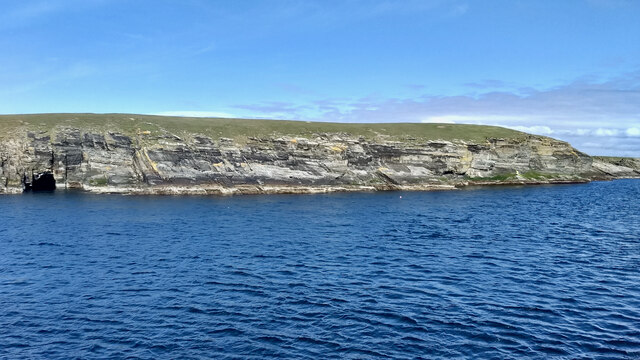
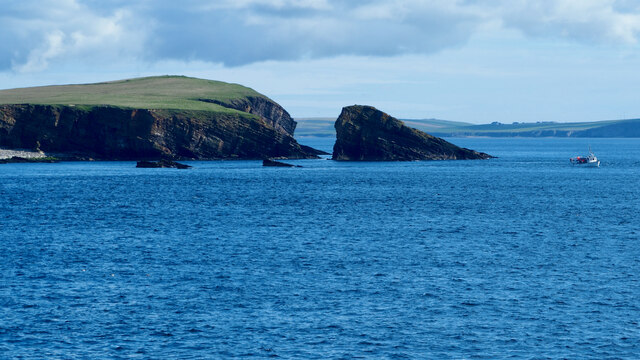
![Warbister Hill Site of a possible building, an enclosure, a quarry, and a modern triangulation pillar; see “Swona, Warbister Hill | Canmore.” 2021. Canmore.org.uk &lt;<span class="nowrap"><a title="https://canmore.org.uk/site/347495/swona-warbister-hill" rel="nofollow ugc noopener" href="https://canmore.org.uk/site/347495/swona-warbister-hill">Link</a><img style="margin-left:2px;" alt="External link" title="External link - shift click to open in new window" src="https://s1.geograph.org.uk/img/external.png" width="10" height="10"/></span> &gt; [accessed 7 June 2021]](https://s1.geograph.org.uk/geophotos/06/86/06/6860697_42cec7a5.jpg)
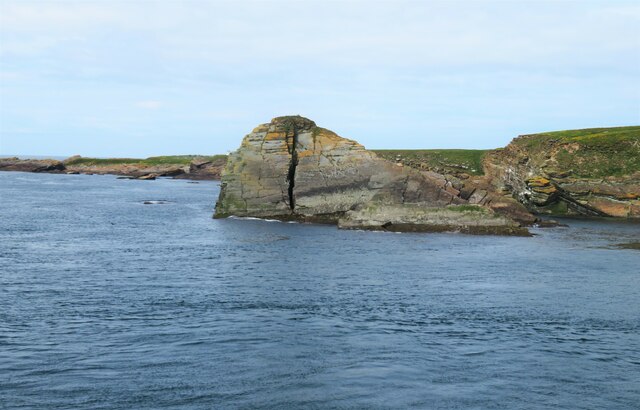
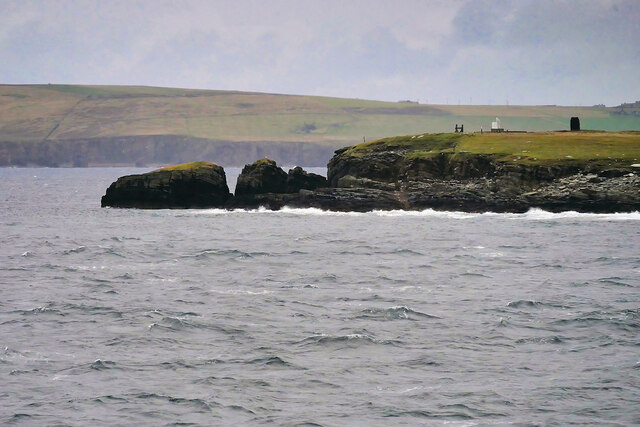
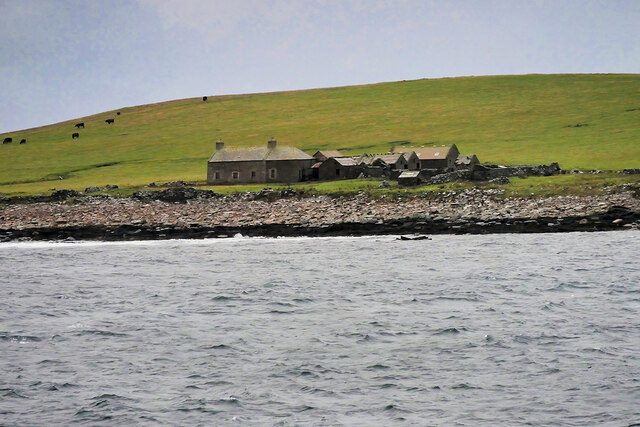
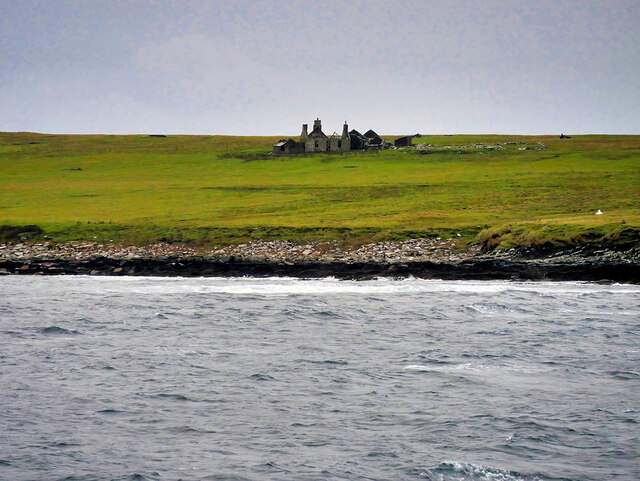
Haas Geo is located at Grid Ref: ND3884 (Lat: 58.745252, Lng: -3.0630717)
Unitary Authority: Orkney Islands
Police Authority: Highlands and Islands
What 3 Words
///planet.mend.fizzled. Near St Margaret's Hope, Orkney Islands
Nearby Locations
Related Wikis
Swona
Swona is an uninhabited privately owned island in the Pentland Firth off the north coast of Scotland. It has a herd of feral cattle resulting from the...
MV Cemfjord
The Cemfjord was a Cyprus-registered cargo ship which foundered in the Pentland Firth off the north-east coast of Scotland on 2 January 2015. Built as...
SM U-29 (Germany)
SM U-29 was a Type U-27 U-boat of the Imperial German Navy. She served during the First World War. U-29's last commander was Captain Otto Weddigen. U-29...
Burwick, Orkney
Burwick () is a small harbour on the island of South Ronaldsay in the Orkney Islands, Scotland. It is the closest Orkney harbour to the Scottish mainland...
Nearby Amenities
Located within 500m of 58.745252,-3.0630717Have you been to Haas Geo?
Leave your review of Haas Geo below (or comments, questions and feedback).
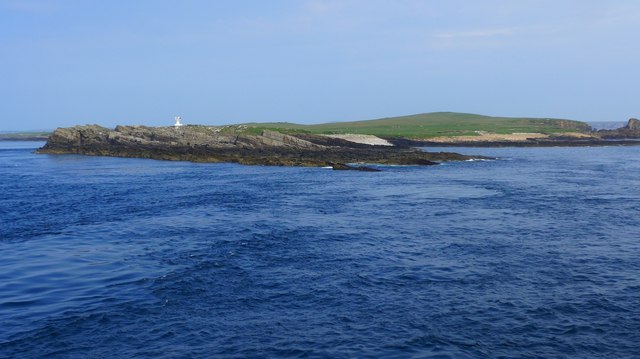
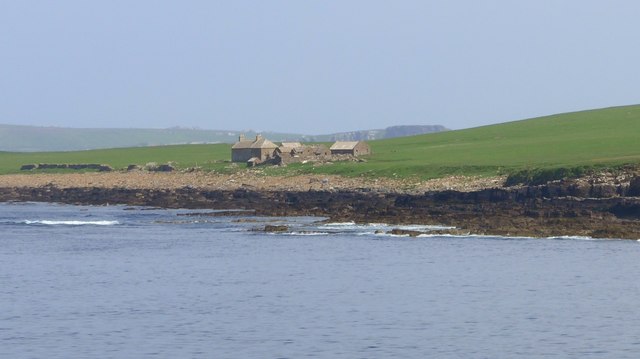
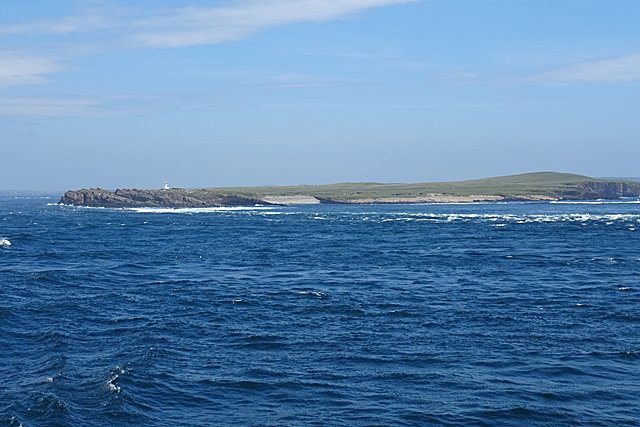
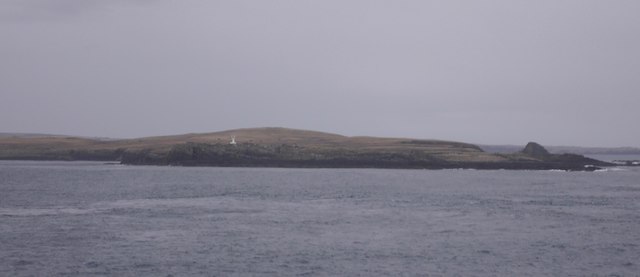
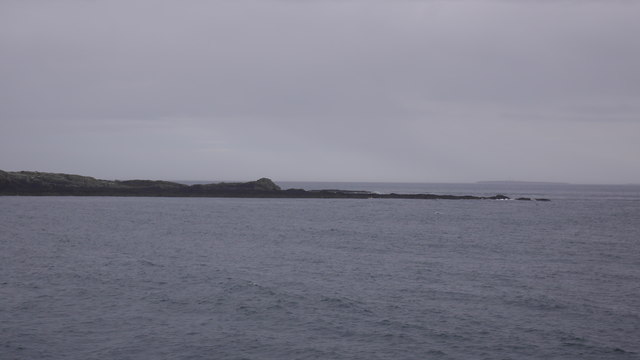
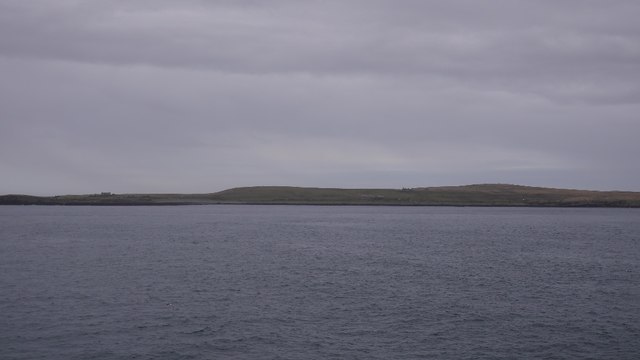
![The Haven Seems to be the main access onto the now un-inhabited island. See “Swona, the Haven | Canmore.” 2021. Canmore.org.uk &lt;<span class="nowrap"><a title="https://canmore.org.uk/site/347498/swona-the-haven" rel="nofollow ugc noopener" href="https://canmore.org.uk/site/347498/swona-the-haven">Link</a><img style="margin-left:2px;" alt="External link" title="External link - shift click to open in new window" src="https://s1.geograph.org.uk/img/external.png" width="10" height="10"/></span> &gt; [accessed 7 June 2021]
For the farmstead behind see “Swona, Norhead | Canmore.” 2021. Canmore.org.uk &lt;<span class="nowrap"><a title="https://canmore.org.uk/site/345421/swona-norhead" rel="nofollow ugc noopener" href="https://canmore.org.uk/site/345421/swona-norhead">Link</a><img style="margin-left:2px;" alt="External link" title="External link - shift click to open in new window" src="https://s1.geograph.org.uk/img/external.png" width="10" height="10"/></span> &gt; [accessed 7 June 2021]](https://s3.geograph.org.uk/geophotos/06/86/07/6860703_6e889d80.jpg)
